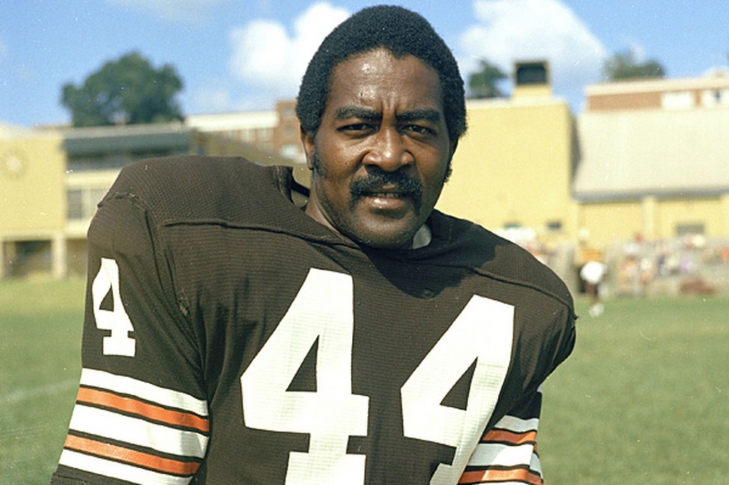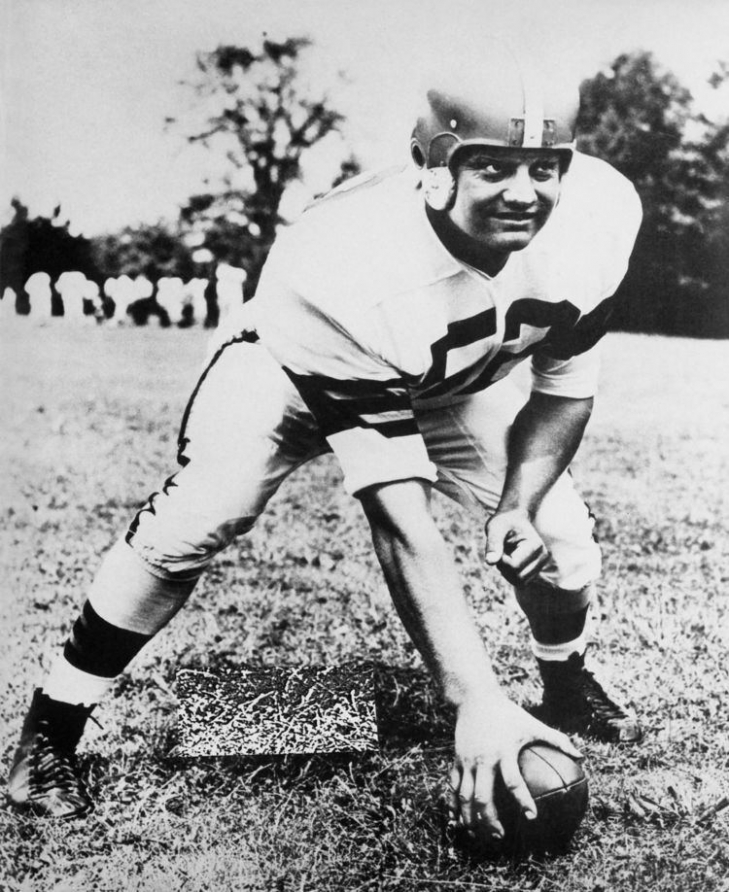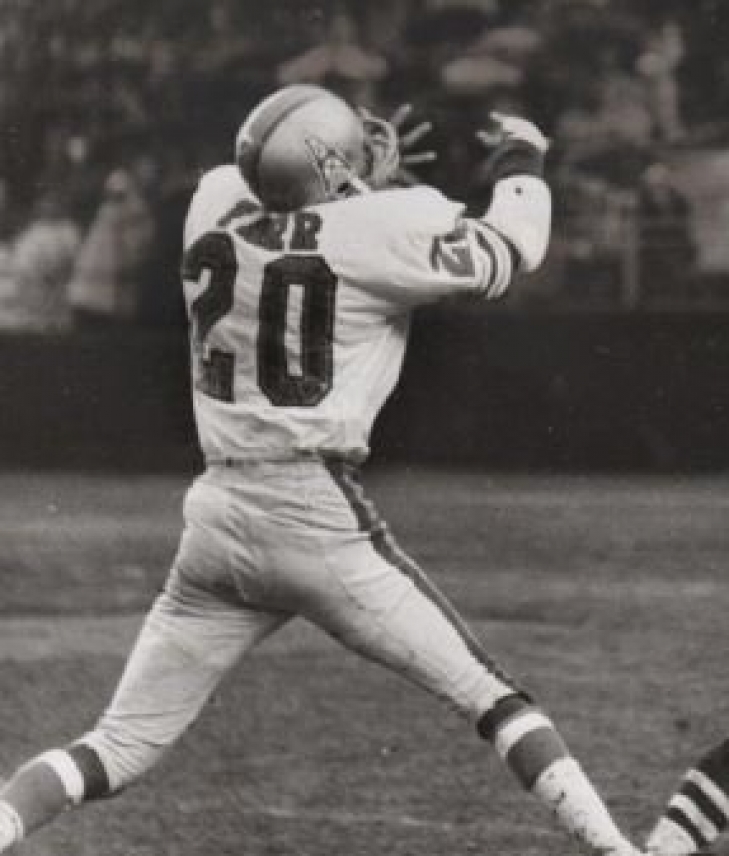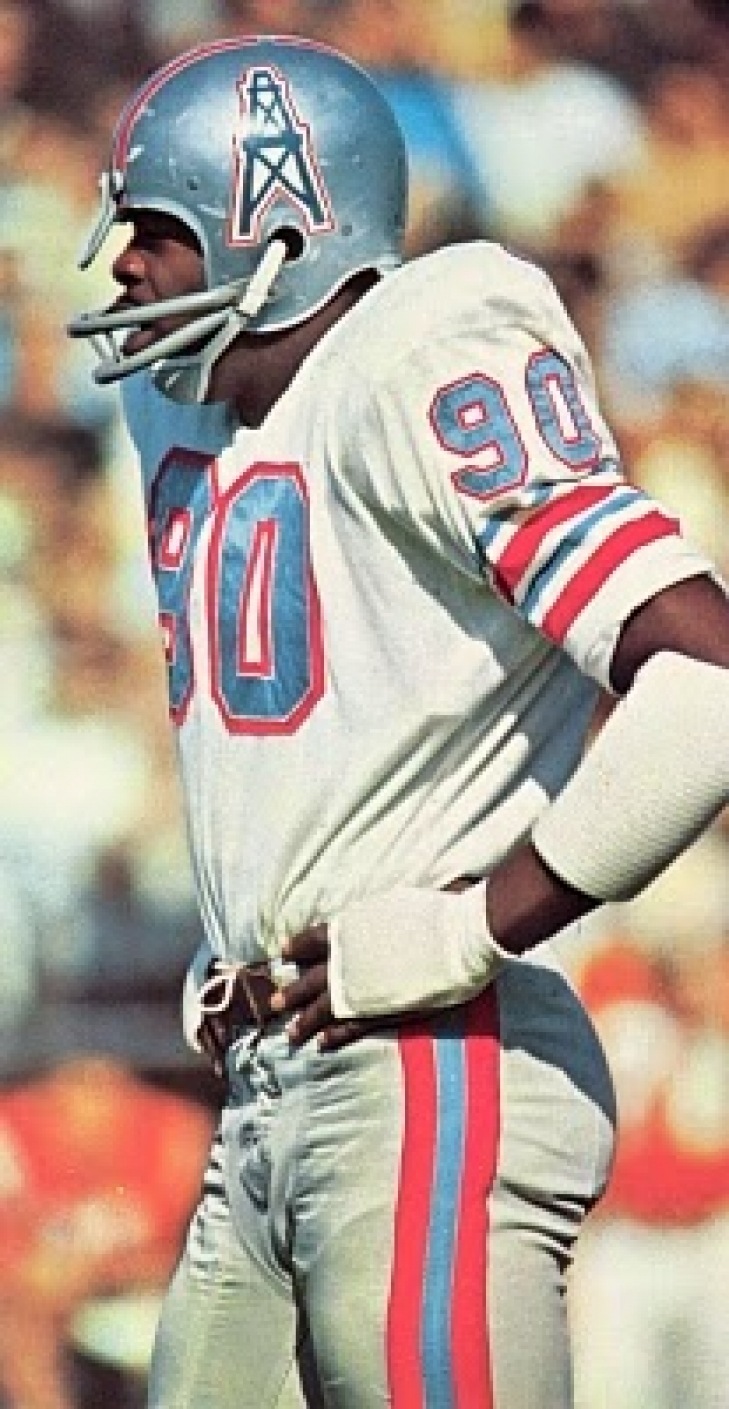
Committee Chairman
10. Leroy Kelly
We can't even imagine what it must have been like for Leroy Kelly to follow in the footsteps of Jim Brown.
Realistically, who could?
Despite this, Kelly, who was taken in the NFL Draft in 1964, was initially Brown's understudy and assumed the starting role when Brown shockingly retired. Kelly thrived, going to six straight Pro Bowls (1966-71) and winning the Rushing Title twice (1967 & 1968). Kelly also led the NFL in Rushing Touchdowns in three consecutive seasons (1966-68), and while his production was not equal to Brown, whose was?
Kelly rushed for 7,274 Yards and 74 Touchdowns on the ground, which for his era, was very impressive.
He entered the Pro Football Hall of Fame in 1994, and in 2010, Kelly was part of the first group of Browns to be named to the Ring of Honor.
9. Frank Gatski
Paul Brown knew that Otto Graham would be the player he built his team around and quickly adopt Marion Motley as another offensive stud. The man who helped stir that drink was an unexpected player named Frank Gatski.
Gatski played college football at Marshall and then enrolled in the American military during World War II. Following the war, Gatski tried out and made the Browns in their inaugural season of the AAFC. Gatski, or "Gunner" as he was known, opened the holes for Motley and expertly protected Graham for years. Easily the best Center in the AAFC, he helped Cleveland win all four Championships and proved his worth in the NFL as the Browns won the NFL Championship in their first year after the NFL-AAFC merger.
Gatski, who was so good, that he never botched a snap over his entire career, helped the Browns win the 1954 and 1955 Championship, and in his last year in the NFL, 1957, he was with Detroit and won an eighth title. The Browns inducted Gatski to their Ring of Honor as part of the inaugural group in 2010.
35. Miller Farr
The first two years of Miller Farr's pro career could only be classified as "O.K.," as the Defensive Back from Wichita State was not a head-turner in his time with Denver and San Diego. Farr joined the Oilers in 1967, and for a three-year period, he was one of the best Corners in the AFL.
Farr exploded with an AFL-leading 10 Interceptions and 264 Interception Return Yards. He was rewarded with a First Team All-Pro Selection, and he was so again in 1968, though Farr was not going to sneak up on anyone anymore and was rarely targeted by opposing Quarterbacks. Farr was stellar again in 1969, collecting a third straight AFL All-Star nod.
He would bolt for the St. Louis Cardinals after, but he was never the same player again that he was with Houston. Farr amassed 19 Interceptions with the Oilers, an excellent number for only three years of service.
34. George Webster
George Webster was a beast at Michigan State, earning two All-Americans and a trip to the College Football Hall of Fame. The Houston Oilers grabbed him Fifth Overall in the first ever Common Draft between the AFL and NFL, and for the first three seasons, he was incredible as a pro.
In the aforementioned time frame, Webster was named a First Team All-Pro and an AFL-All Star. Webster, who UPI named the Rookie of the Year (1967), controlled the middle of the field expertly and was go good in those three seasons, that he was named to the AFL All-Time Team.
After 1969, a barrage of injuries beset Webster, and he was never close to being the same player. His role diminished, as did his health, and he was released during the 1972 Season.
Webster's peak pro period was brief but was impactful.





